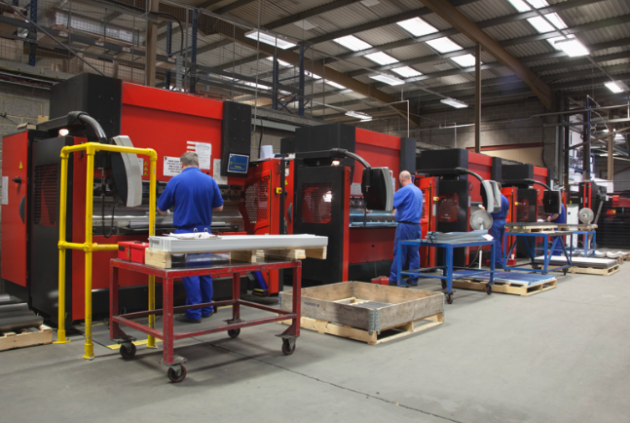
5 best practices for manufacturing maintenance
by Kevin Hill, Quality Scales Unlimited

Best maintenance practices start with a shift from a reactive to a proactive and preventive state of mind

PHOTO: Standard maintenance procedures prevent unplanned failure/Kevin Hill, Quality Scales Unlimited
There are many reasons why every manufacturing unit must have maintenance best practices in their facility. The main reason being keeping the plant’s assets in good working condition at all times. At the same time, the aim is to keep the costs low. Here are five important maintenance practices that every manufacturing business must apply.
1. Develop routine standard maintenance procedures
Standard maintenance procedures (SMP) achieve two things:
– It standardizes tasks performed on a regular basis
– It prevents complicated tasks that can lead to an unplanned failure
Creating standardized manufacturing processes requires listing and defining all the tasks that can cause unplanned downtime.
The main objective of SMP is to make sure that the end quality of the task is consistent, regardless of who is performing it.
2. Calibrate your weighing scales
Industrial weighing scales can only be helpful and accurate if they are calibrated regularly. Without proper maintenance, the results will be erroneous. Even a minute error can affect the quality of the manufactured products.
Ensure you have a regular weighing scale maintenance program in place so that all the machines are in good working condition whenever they are used. Get the scales calibrated by certified professionals only.
3. Provide training daily
Training will make your team good. Daily training will make them even better.
Give them opportunities to learn new skills and techniques that will help them grow professionally.
When they learn something new and apply it in the organization, it will benefit the business too. Schedule skills-building exercises that will strengthen the team. Spend at least a few minutes every day with your employees and exchange ideas that can benefit everyone.
The equation is simple – upgraded team skills and trained technicians will work better and more efficiently. This will lead to better customer service and higher profitability.
4. Calculate average cost of downtime
Calculate how much per-hour downtime is costing you. With that data, you can project how much money you can save through regular maintenance.
You will see the impact that regular maintenance of assets can make. Make reasonable deductions by applying the per-hour downtime cost to the machine availability. This will help you determine how valuable increased machine availability will be for the organization.
Even an increase of 5 per cent would translate into huge profits and improved efficiency.
5. Gather data
Data is your friend – use it well.
Gather information on:
– Meantime between machine failures
– Machine downtime
– Technology usage
– Cost of buying spare parts
– Technician response time
– Percentage of on-time deliveries
Armed with this data, you can calculate the average cost of one hour of downtime. You can even learn about asset behaviour and get intervention history.
This step will help you transition successfully to maintenance best practices.
Preventive maintenance strategies rely on maintenance standards such as numerous best practices. Implement them in your company and you will instantly see positive changes. Maintenance practices require planning, analysis and skill. However, the most critical requirement is the commitment to shift from a reactive to proactive and preventive state of mind.
___
Kevin Hill heads up the marketing efforts at Quality Scales Unlimited in Byron, CA. Besides his day job, he loves to write about how to care for and get optimized performance from different scales in different situations.